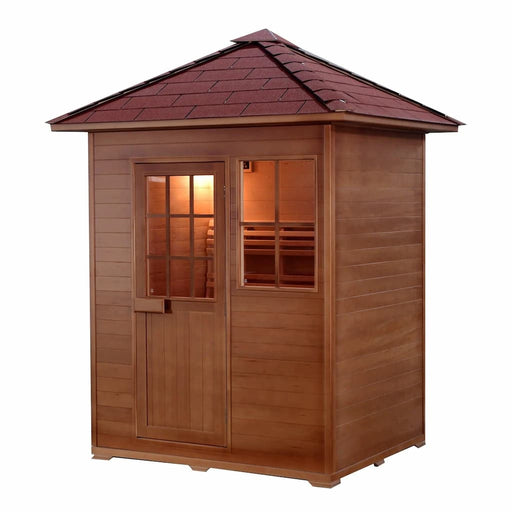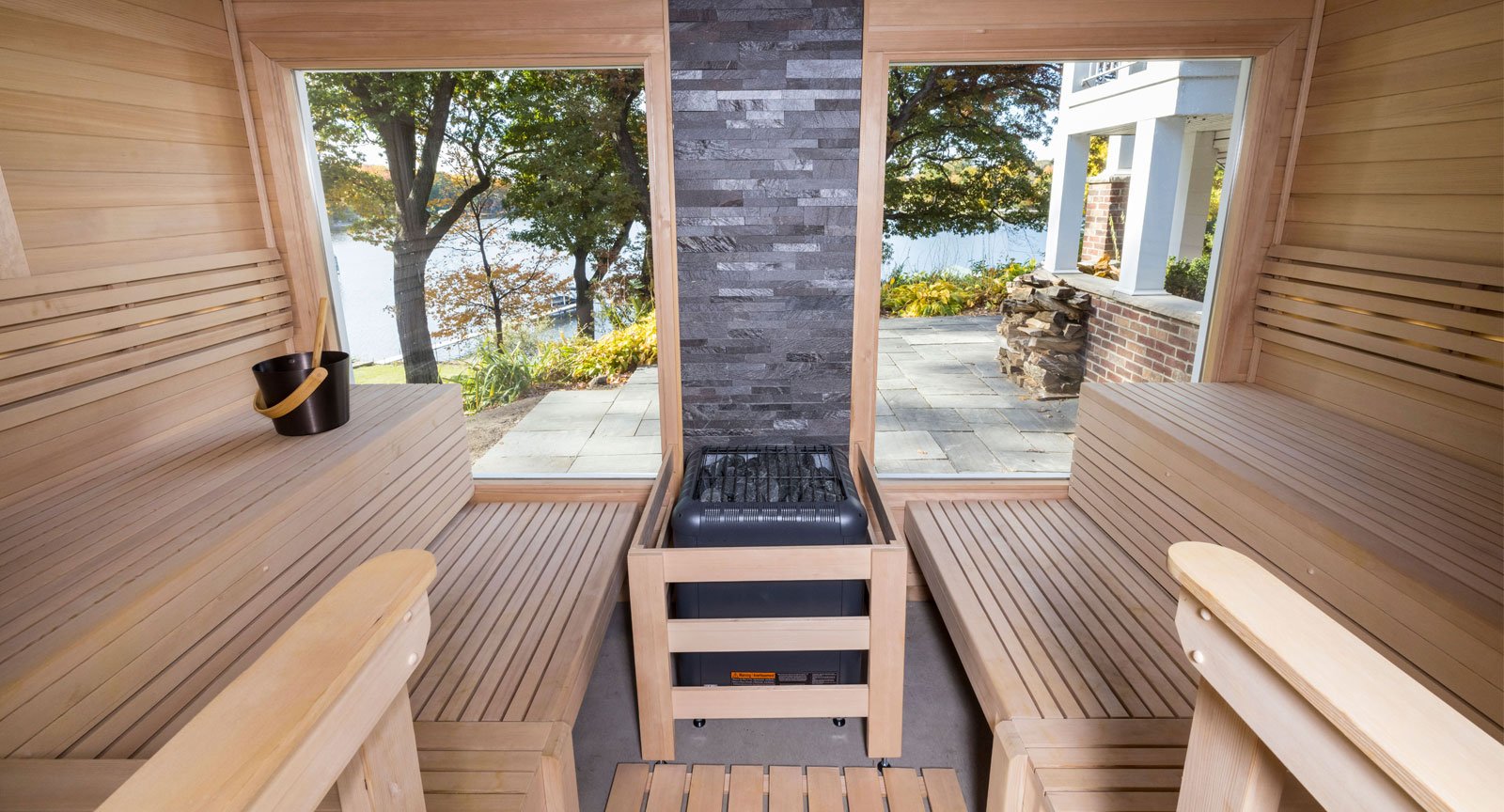Not known Details About Traditional Sauna
Not known Details About Traditional Sauna
Blog Article
Traditional Sauna - The Facts
Table of ContentsIndicators on Traditional Sauna You Should KnowThe 3-Minute Rule for Traditional SaunaThe Main Principles Of Traditional Sauna 7 Simple Techniques For Traditional SaunaAn Unbiased View of Traditional Sauna
Most of the weight lost in a sauna is water loss and is re-gained upon rehydrating. Nonetheless, certainly sauna can be a fundamental part of a healthy weight-loss program. To look at the distinctions in between traditional and IR saunas, I will certainly separate these right into verifiable, theoretical, and made differences.Hence, the hottest point in the saunawhich is at the ceiling straight over the sauna heateris typically in between 185 and 190 F. Claims that a traditional sauna goes beyond 200 F is merely not true and not relevant for electric saunas marketed in the United States. The temperature level for a far-infrared sauna is generally established in between 120 and 140 F; however, unlike the standard sauna, the objective in and IR space is not to attain a heat.
Due to the fact that of this, the temperature level distinction is nearly unimportant, because extreme sweating results in both sauna types, yet the approach of warming the body is various. In an IR sauna the bather will certainly really feel warm and will certainly sweat a lot, yet at much lower temperatures (Traditional Sauna). Thus, if the objective is to invest longer time periods in the sauna, the IR sauna is a good selection
When a typical sauna has been appropriately heated, the sauna walls are cozy, the air temperature level has attained established temperature and the rocks are incredibly warmed. As an interesting side note, the heated walls and the rocks are releasing far-infrared warmth, integrated with the heated air, to develop an "enveloping heat".
The 4-Minute Rule for Traditional Sauna

When the high temperature level is attained, the components cycle on and off to keep the heat. The majority of conventional sauna individuals take pleasure in pouring water over the rocks to create vapor to elevate sauna humidity levels. The advantages of pouring water over the rocks consist of: making the room more comfortable, dampening the nasal passages, and allowing the use of aromatherapy by blending important oils with the water.

When the power goes into the body, it triggers the body temperature level to raise and inevitably leads to perspiration. In an infrared sauna it is very important for the emitters/heaters to stay on practically frequently. Because there is no mass of rocks to preserve warm, the sauna will certainly cool if the emitters turned off.
As pointed out over, the sauna bather in an infrared area desires to position himself in front of operating emitters to obtain maximum take advantage of the heat. The heating time for the 2 areas can be very different, depending upon exactly how the areas are utilized. For a standard sauna, a bather must allow 30-40 mins for the room to accomplish a desired temperature and to effectively pre-heat the rocks.
6 Simple Techniques For Traditional Sauna
A well constructed sauna will usually accomplish a temperature of 150-160 F in concerning 30-40 mins. For hotter temperature levels, the space may require to heat for a longer duration.

Standard saunas tend to be bigger (hence utilize even more electrical power) than infrared saunas, although traditional saunas are definitely available in one and two person dimensions. For a two-person conventional sauna, 5x6 or 5x7 dimension is most preferred. The top bench can pleasantly seat 2 or three people and is likewise enough time to relax throughout the sauna session.
6 Simple Techniques For Traditional Sauna
The typical price per kWH of electrical power in the united state is about $0.11, so a 4.5 kW heating system will set you back roughly $.50 to compete one hour, if the heating unit runs constantly for one hour. Usually a sauna heater will certainly compete 75% of the very first hour and 50% of subsequent hours on given that the components cycle once the established temperature level is attained.

Lastly, there is a rarely discussed distinction in the social experience in between the two spaces. While our culture has actually lost some of the social advantage of the standard sauna experience, it can be very socially fulfilling (Traditional Sauna). From household time in the sauna, to heart-felt discussions with better halves, to sauna partiesthe standard sauna experience can lead to intimate socializing
Traditional Sauna for Dummies
Most higher end infrared spaces consist of tinted light treatment, audio systems and her response full-glass fronts.
Report this page